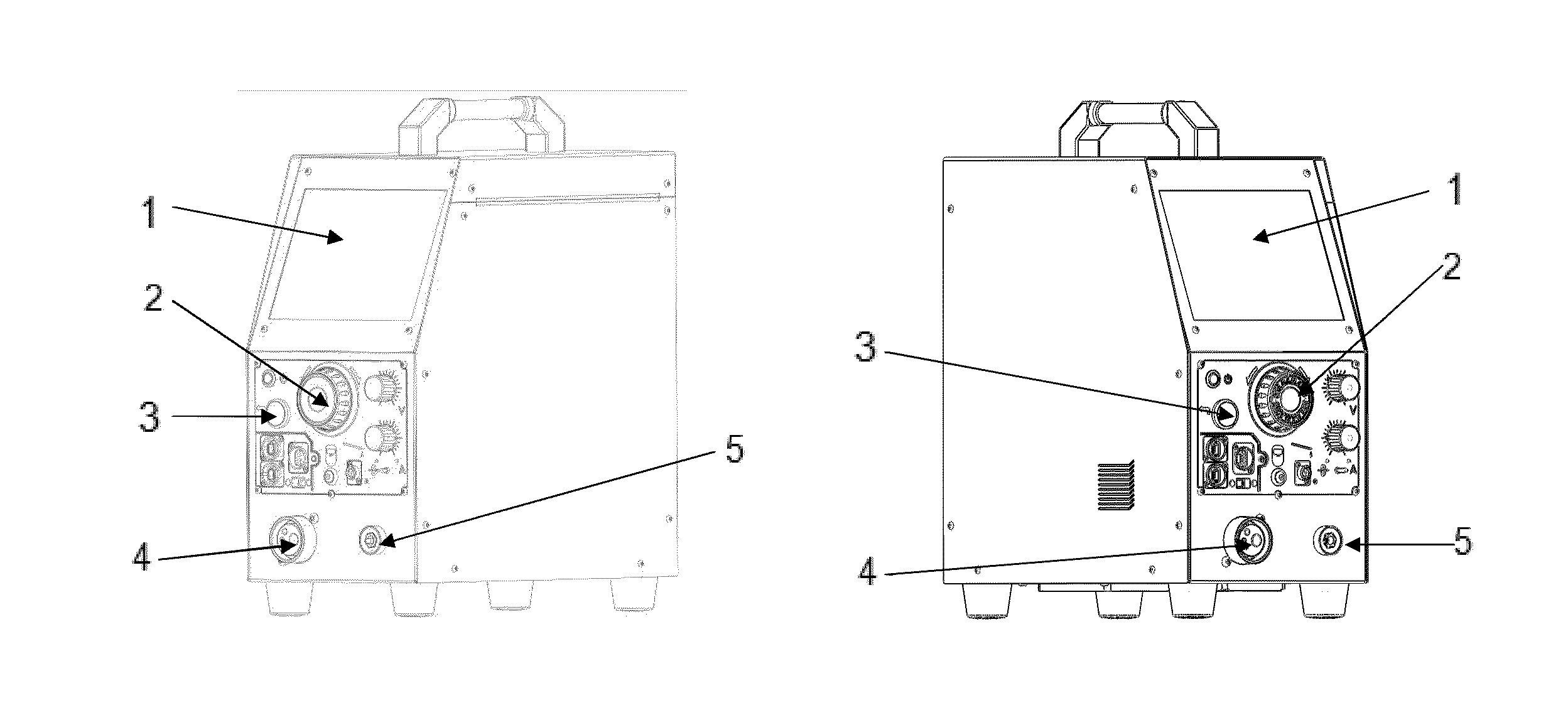Welding is a very complex process that is present in most of everyday objects: vehicles, buildings, electrical appliances, furniture, infrastructures.
Moreover, there is an important emission of harmful gases that contributes to the global warning, although there are expensive gases extraction systems in the facilities.
As if that were not bad enough, all the students are exposed to physical risks during the learning process, (burns, electric shocks, shrapnel injuries), especially at the beginning of it because they are not familiarized with the welding equipment and its functioning.
For all the previous reasons, it can be said that the current methodologies has clear limitations in the welding training, so it would be necessary to invest in new resources that avoid those limitations without reducing the quality of the education.
The current welding training requires important costs in materials (work pieces),
consumables (gases,
electrode sticks), repairs of machinery and replacement of damaged work pieces.
In the line with the previous idea, there is also an important cost in time because a course has a number of hours that the students use to familiarize with the welding equipment and all its elements.
The current training systems have a great number of limitations and, for that reason, the simulation techniques are being used as a support tool in the welders' learning process.
Those limitations involve an important
time cost because many workshop hours are used by the students to get used to the welding equipment, so there are not many effective hours during the learning and the training process.
1. They are single devices, so they can be used only by one student and there is not interaction between the student and the teacher. In the case of the latter, he must focus on one student, if he wants to evaluate his skills and, this means that he has to disregard the rest of the trainers.
2. To use these devices, it is necessary to have a previous knowledge because they are not intuitive. This is an added difficulty for the students.
3. They do not look like real welding equipment and they do not incorporate real connectors, torches or welding masks, neither, so the students cannot be familiarized with the use of real welding.
4. Most of these devices, do not assess the students' learning level and do not monitor the history of a specific student that can be stored and consulted by the teacher when considered necessary.
5. These devices do not work with all the types of welding joints and all the welding positions, so the
student training is totally limited.
6. All the industrial welding processes cannot be performed by these devices and cannot be adapted to the welding materials of specific sectors like mining or
aviation, among others.
7. Some of these devices do not allow the students regulating welding parameters and do not support the welding visual and sound effects. Moreover, they do not represent welding bead with real appearance and the welding defects, so the students cannot visualize them and understand why they occur.
8. Their initial configuration cannot be extended, so they cannot develop the advances that may be produced in the
multimedia field and in the 3D
animation.
9. These devices have followed an industrial approach, so their only purpose is to imitate a welding simulator without taking into account the didactic approach that is necessary to be present in a pedagogic tool whose objective is to offer a better training.
They do not work with the last and most advanced technologies, but with
virtual reality, so they might become outdated in short period.
In that case, the reference of the
working environment is totally lost, so the student will not experience what happens in a real workshop and that in important limitation in the training process: the student visualizes a digital workshop while he is in a room that is completely different.
However, the knowledge and applicability of the
Augmented Reality technology in the training field are minimal due to its state of development and its unusual presence in the everyday areas of society.
Nevertheless, those simulators already have several limitations, so more investigation is totally necessary to carry out new technological developments in this area.
The French Company Diginext' proposes its product “CS-Wave”, which has the following limitations comparing it with the present invention:Mi-high
graphics level.
Virtual reality technology,Real welding connectors and torches are not used.It does not support tube welding (only in a figurative way).It does not have neither Teacher
Software nor work stand.It is bulky and heavy.It is more expensive.
Finally, Lincoln Electric (E.E.U.U) offers the most advanced product that is “VRTEX 360”, but it also has limitations when comparing it with the present invention:
Virtual reality technology.Real welding connectors and torches are not used.It does not support tube welding (only in a figurative way).It does not have neither Teacher
Software nor work stand.It is bulky and heavy.It is substantially more expensive.
 Login to View More
Login to View More 


